Art auctions aren’t unlike the stock market. Buzzing with brokers, speculators, and investors, they’re a place where artwork is reduced to an asset, established artists are labelled “blue chip” while younger, emerging names are “red,” and purchases are made after a careful assessment of risk, rather than gut instinct. But the home of the average art collector tells an entirely different story.
Here, venerated modernists will occupy the same wall as a spontaneous graduate show purchase; a high-value work may get sidelined by a piece created by a close friend; a seemingly bad investment will take centre-stage simply because it speaks to the collector on a personal level. And, occasionally, when an artist makes a significant impact on the collector, their collection will come to include several of their works, marking key moments in the evolution of their practice.
In this vein, a collector isn’t simply a buyer — they become a patron, a custodian, a benefactor of the art world. Four Indian art collectors, each of whom have developed long-standing associations with the artists they collect, speak to the Sunday Magazine about responsible patronage and the different ways in which they offer support.
Expanding the oeuvre
“I think it is important as a collector to not just go ‘wide’ by buying lots of art from various artists, but also to go deep and follow an artist’s journey,” says Natasha Jeyasingh, curatorial lead for digital art platform TheUpsideSpace. Jeyasingh, whose own collection includes about 70 pieces, believes that collectors play a strong role in making or breaking an artist’s career. “When you have someone’s work, it’s important to be aware of the fact that you’re also storing somebody’s history.”
Natasha Jeyasingh
| Photo Credit:
Special arrangement
She happens to be the proud patron of the first ever three-dimensional sculpture by Ayesha Singh — it was commissioned specifically for her apartment at the time. “Until then she had been doing her forms in a single plane, but I couldn’t buy any of those because they were large pieces and I didn’t have the space to keep them. So I asked her if she would make a smaller piece for me.” Singh saw a column in Jeyasingh’s home and decided to make a work that wrapped around it, thereby breaking through the flat plane for the first time in her practice. “That was the first piece that led to her working in multiple planes, so again, I have a piece of hers that is historically important.”
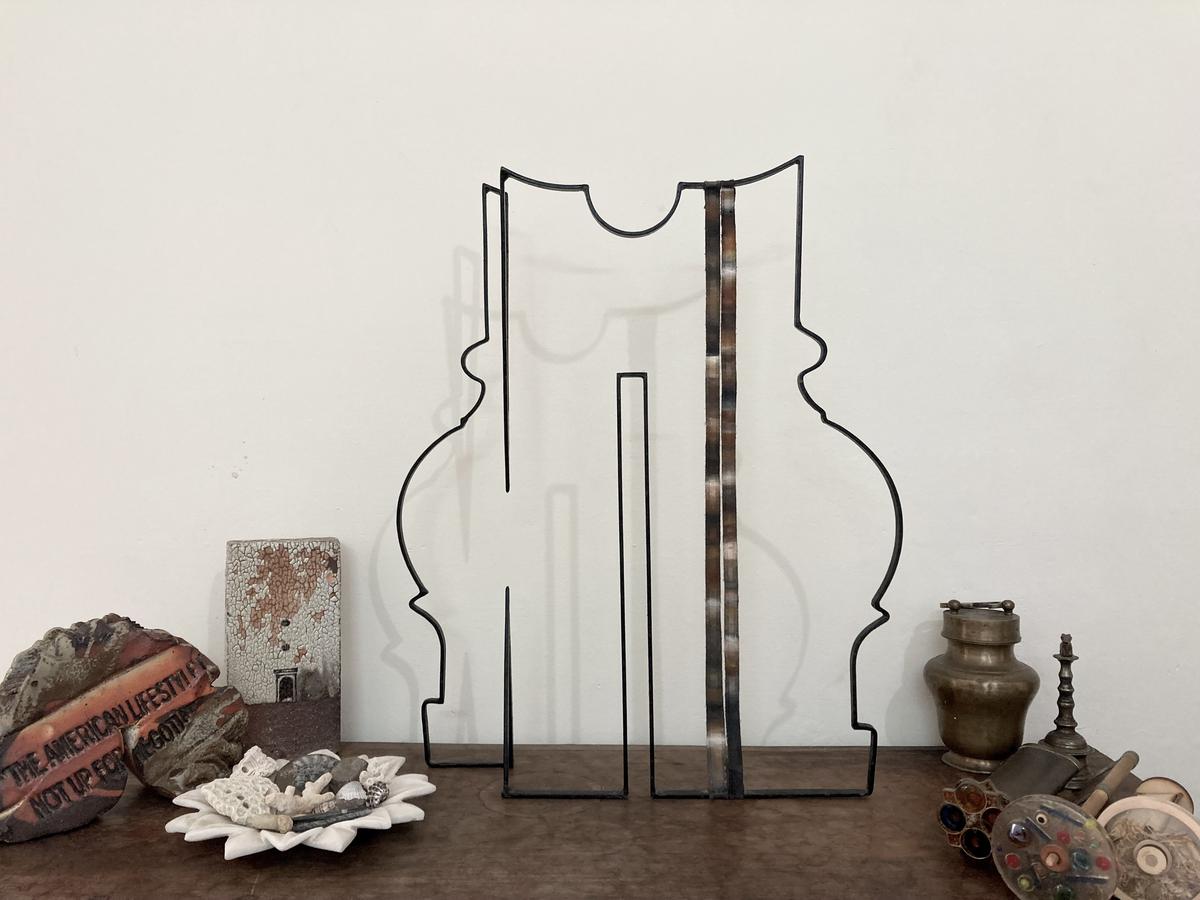
A smaller Ayesha Singh sculpture that’s part of Jeyasingh’s collection
| Photo Credit:
Special arrangement
In 2017, Jeyasingh co-founded Carpe Arte, a group that organises studio visits, talks, gallery walkthroughs, and events in a bid to support emerging talent, and bring new audiences into the fold. During the pandemic, they backed young artists such as Shubham Kumar, Digbijayee Khatua, Puja Mondal and Gurjeet Singh by using their social media to sell art directly to buyers. They showed the work of 180 plus artists and sold work for close to ₹17 lakh — an impressive feat considering all the work was priced at ₹5000 or less.
Last year, Carpe Arte in collaboration with Somaiya Vidyavihar University, Young Art Support and Shaleen Wadhwana started an artist residency, now in its third edition, whereby eight artists and one curator were granted a three-week fellowship in Mumbai. Several of the residency artists have gone on to show their work and sign with galleries or organisations such as Chemould CoLab, Method and Khoj.
“Art collectors have a responsibility to respect the material and conceptual integrity of a work, while caring for it. It’s important that they also consider patronage and philanthropy by supporting an artist’s project or future publications. By doing this, they build a strong ground for the artist to succeed as they grow and develop their practice.”Anahita TanejaCo-founder, Shrine Empire
New liaisons
Art manager and consultant Amit Kumar Jain is similarly proactive about connecting with unrepresented talent and giving them a platform. “I have always been more attracted towards emerging artists,” says Jain, who has about 200 pieces in his collection. “That’s because of my training with the Devi Art Foundation. The idea was to discover artists doing new things — new media installation and videos, which was still fairly new in 2005 — and I think because of that training I am still very inclined towards emerging artists, because that’s where I think we need more patronage and support.”
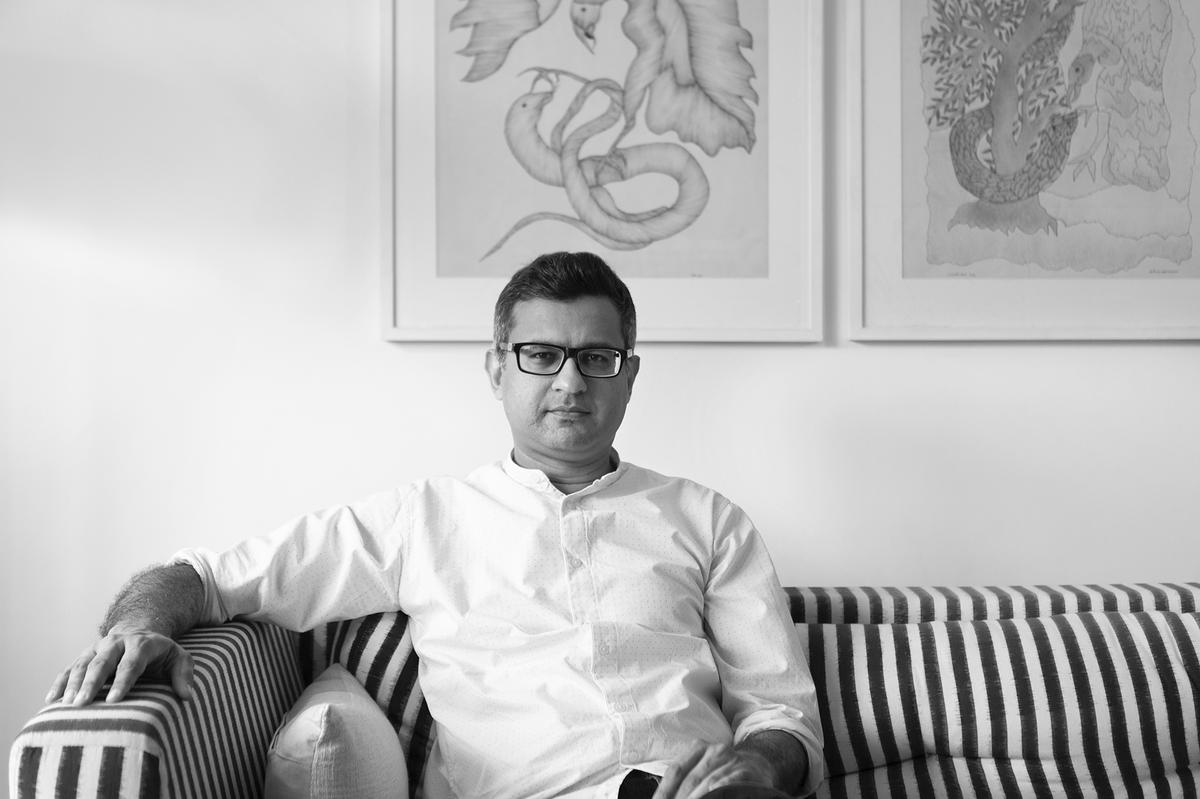
Amit Kumar Jain
| Photo Credit:
Niranjan H.G.
Instagram was a blessing for Jain, especially during the pandemic, because it gave him the opportunity to engage with early-career artists. Through his account @themiddleclasscollector, he makes an attempt to bring talented unknowns into the spotlight. One of the most prominent artists in Jain’s collection is Nepal-born Youdhisthir Maharjan, whom he reached out to in 2014 to participate in a group showcase of text-based art called Reading Room.
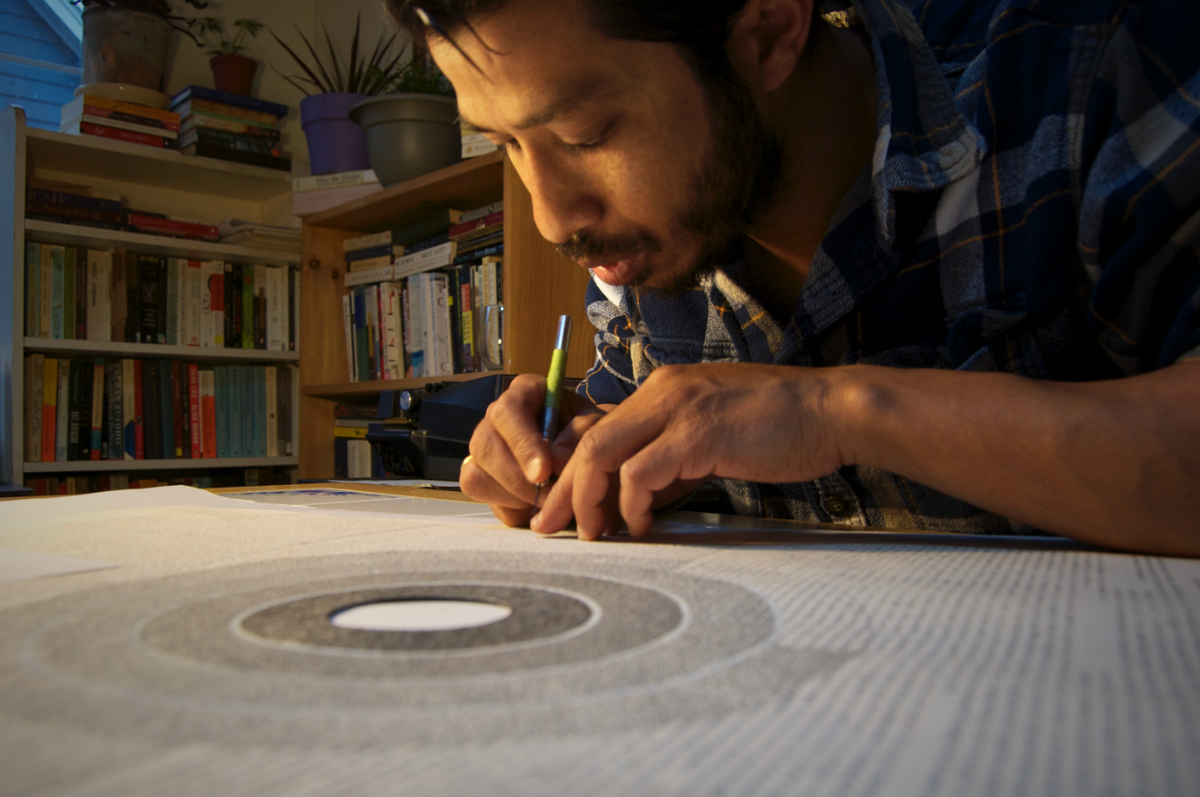
Artist Youdhisthir Maharjan
| Photo Credit:
Special arrangement
“He was a tough one to find because he is not on any social media, even today,” laughs Jain. He acquired a few of Maharjan’s works after the exhibition, but now proudly admits that the artist is “beyond his budget”. “He held a solo booth at this year’s Art Dubai, which I heard was sold out,” he beams. “Then I heard about his works being shown at the Rubin Museum of Art [in New York] and it was also acquired by the Jameel Art Foundation.”
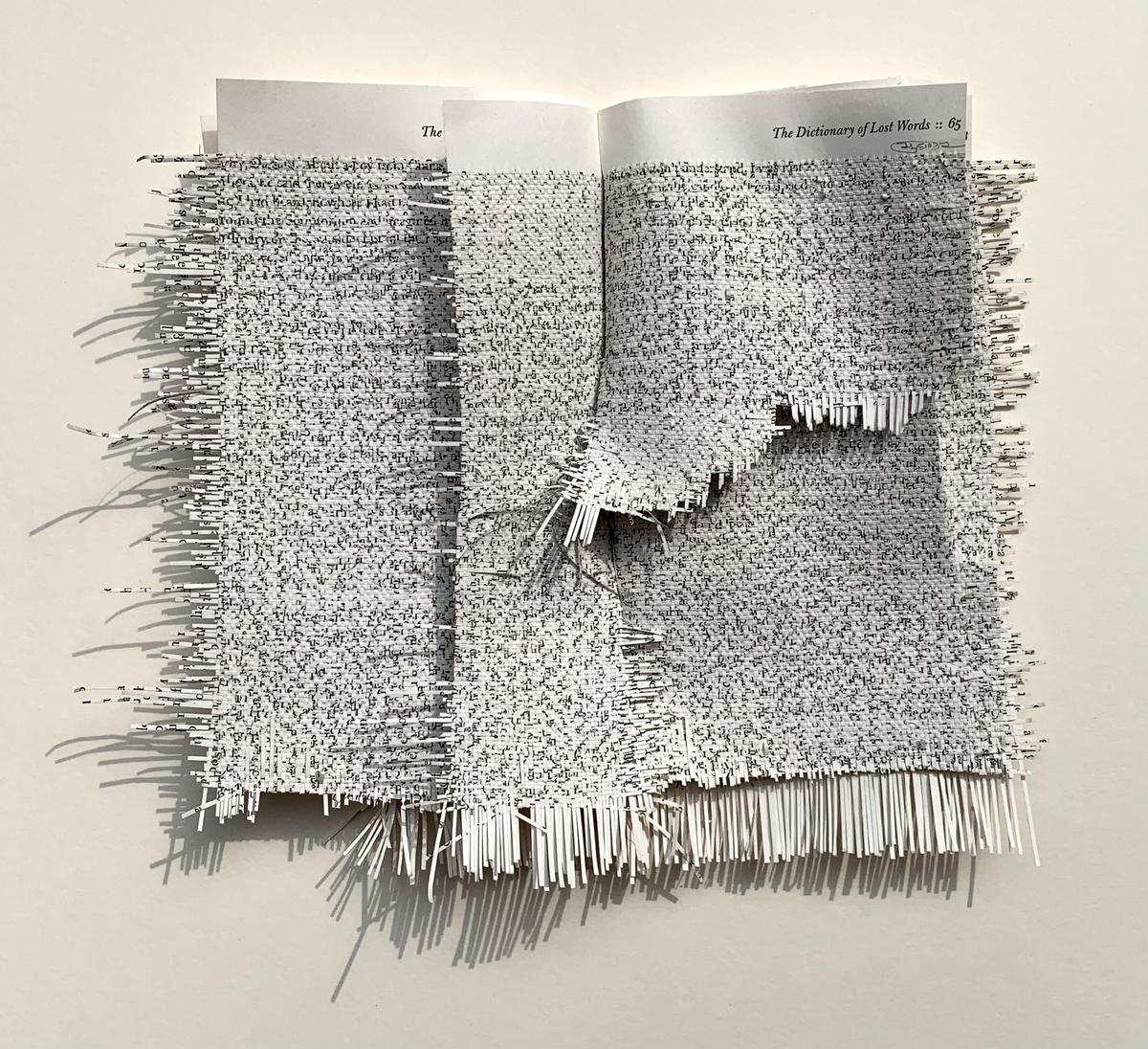
A Youdhisthir Maharjan artwork
| Photo Credit:
Special arrangement
Art by Youdhisthir Maharjan
| Photo Credit:
Special arrangement
“There were a few instances in my life when I seriously thought about stopping making art. I had finished my MFA and spent two years working with used books, making zero money. Then, a MacArthur Genius writer bought one of my small works and I got a call from Amit — all in the same month. I remember the excitement in his voice. It is that excitement that rekindled my conviction in my work. Amit got my works at the India Art Fair through Blueprint.12. More than collecting my works for himself, he has enthusiastically introduced my practice to many other collectors. With growing interest in my works, I have been able to dedicate my time and energy to experimenting, exploring new techniques and materials, and adding new layers of concept and meaning to my works. To be able to grow as a person and as an artist is a blessing, which has been possible because of art aficionados like Amit.”Youdhisthir MaharjanArtist
Another artist Jain was drawn to was Vipeksha Gupta, whom he found on Instagram in 2019. “Being a photographer myself, I was immediately attracted to her black and white photography,” he says. At the time, Gupta had been trying to reach out to gallerists with little luck, so she was more than happy to host Jain for a studio visit. He has been a champion of her work ever since, and even connected her to Blueprint.12, the New Delhi-based art gallery she is currently represented by. “I am proud to say her first solo happened in 2021 and she is currently working on her second solo with Blueprint.12, which will go up in August,” he says.
Art by Vipeksha Gupta
| Photo Credit:
Special arrangement
Working with institutions
Where Jain attempts to connect artists with institutions, collector, patron and entrepreneur Radhika Chopra is on a mission to empower the institutions themselves. Her degree in public policy gave her insight into how governments and institutions can support various aspects of society. When she moved from the U.S. to India in 2004, she knew she wanted to do more than just sell art. “I wanted to create platforms,” she insists.
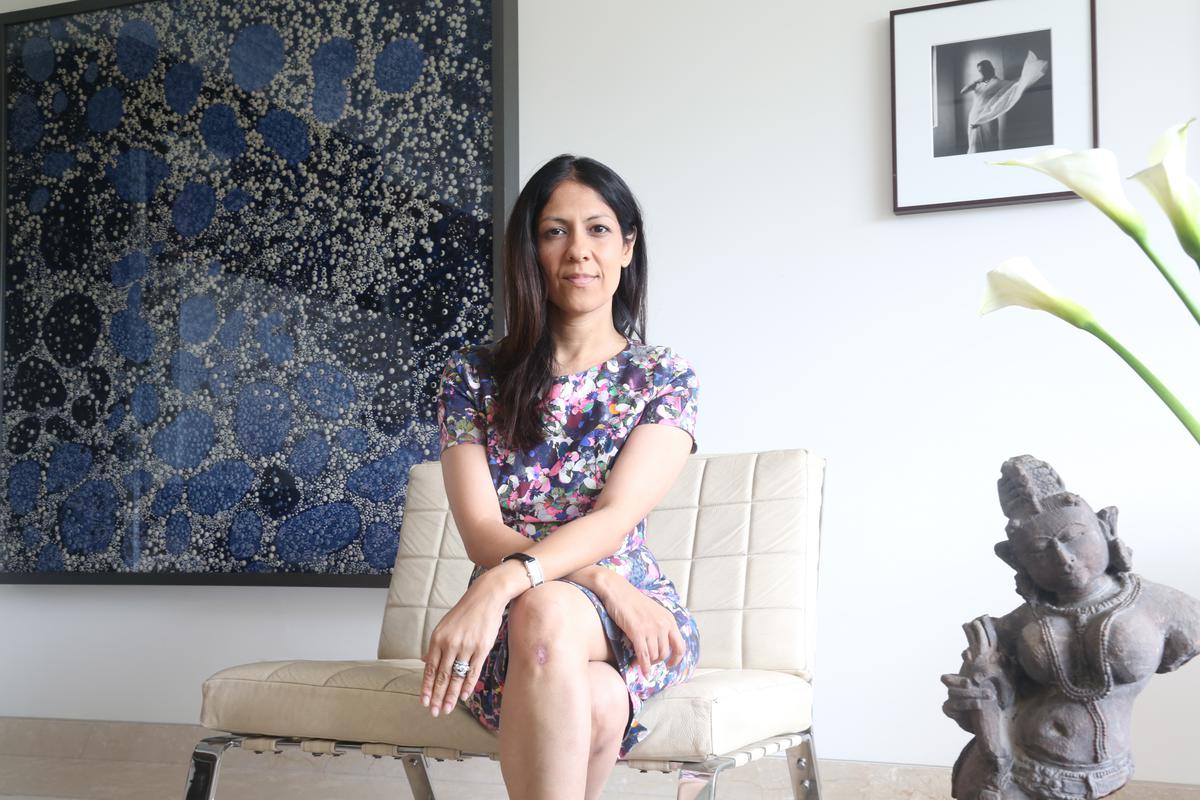
Radhika Chopra
| Photo Credit:
Special arrangement
A conversation with the Vadehras led to the founding of FICA (Foundation for Indian Contemporary Arts), for which Chopra served as director for seven years. “We set up a research grant, an emerging artist award, and a public art grant, and we built collaborations with institutions around the world. It may not necessarily be a platform for collectors, but it does a lot of that groundwork that’s necessary.” Since then, she has also been involved with the Asia Society’s Game Changers award for about four years now, has supported a collaboration between Khoj, a New Delhi-based non-profit, and the Tate Modern in London, and is also a patron of the Kochi Biennale.
“I recently did something different in terms of supporting an artist,” she shares. “I donated a work by Arpita Singh to my alma mater, Wellesley College, because they didn’t really have any contemporary Indian art. And despite being an all-women’s college, they didn’t have any women artists from India.” Chopra also collaborated with fellow art patrons Kiran Nadar, Dipti Mathur and Asha Jadeja to acquire Amar Kanwar’s The Lightning Testimonies, and gift it to the Metropolitan Museum of Art in New York.
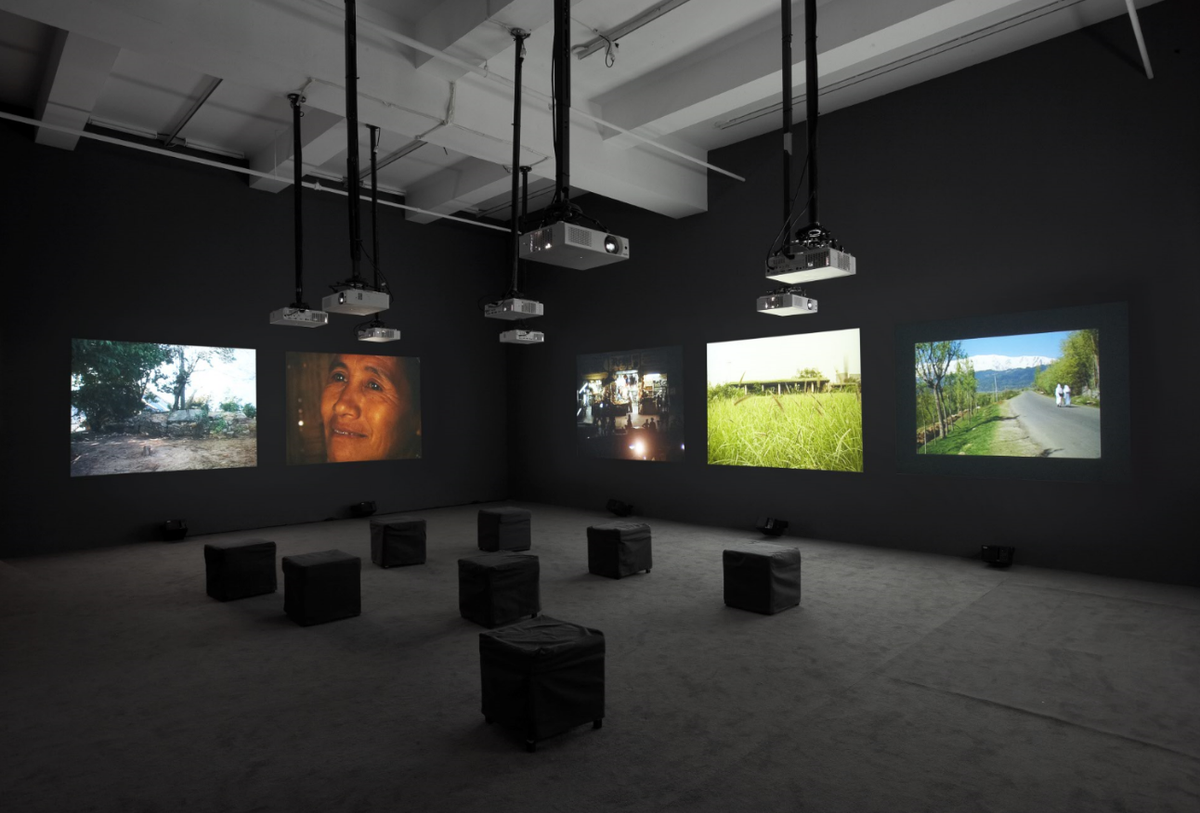
The Lightning Testimonies (2007) — eight channel digital color and black-and-white video (courtesy Marian Goodman Gallery)
| Photo Credit:
Tom Powel Imaging
“Collectors become patrons when they go beyond the act of collecting, and become interested in a long term engagement with the artists. This could be through the support of loans of their works to institutional exhibitions, making documentation and publications possible, supporting artists’ residencies or by simply encouraging conversations and engagement with their works. The commitment and synergy of the many stakeholders — artists, gallerists, curators, collectors and patrons — leads to the overall success of the art community.”Roshini VadehraDirector, Vadehra Art Gallery
Creating new collectors
Finally, there is one breed of art market punter that doesn’t get enough credit: the interior designer. They’re the ones responsible for bringing art into people’s homes, often buying pieces in bulk or commissioning new work. For Joya Nandurdikar, co-founder of Untitled Design Consultants, this easily makes up about 50% of the job.
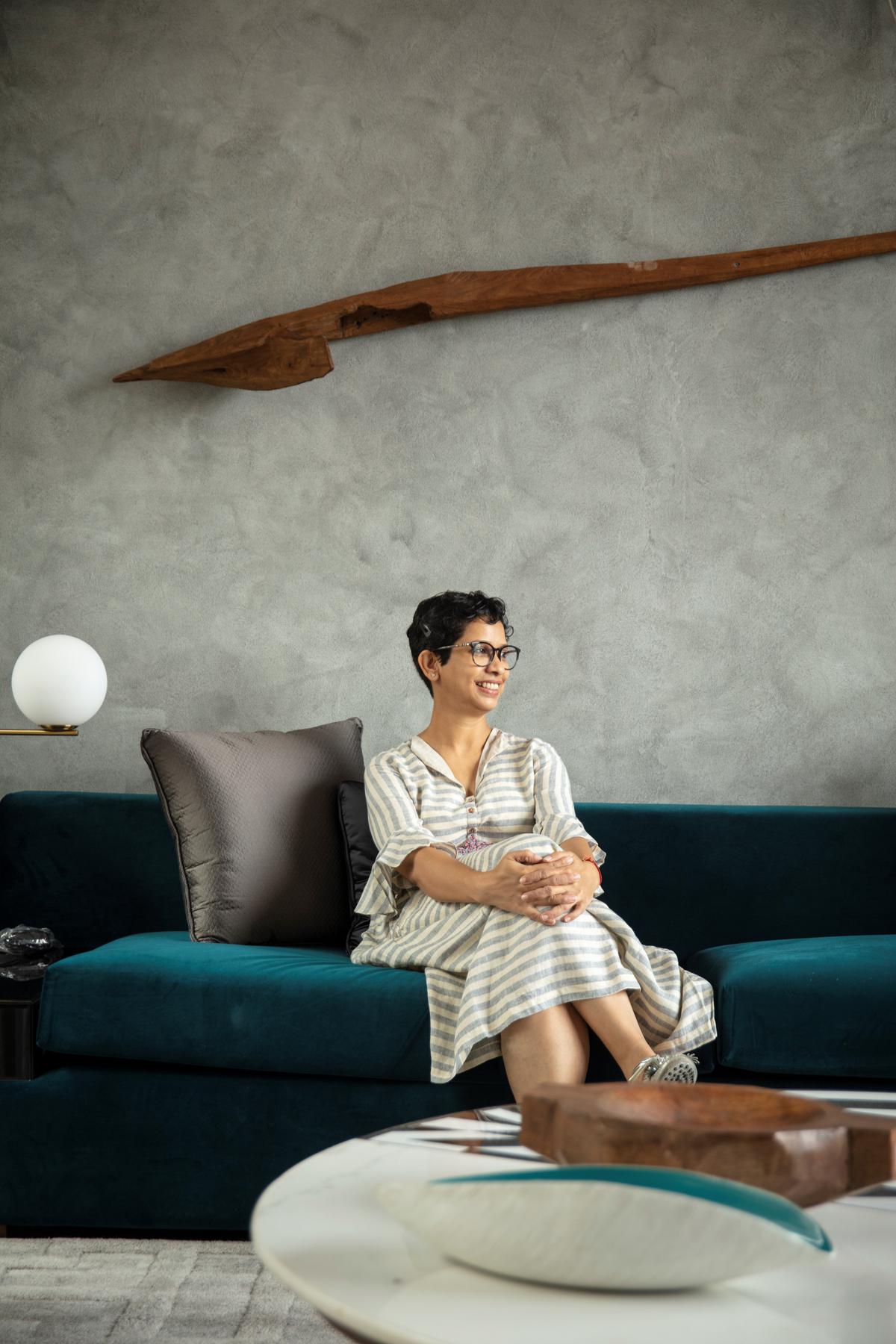
Joya Nandurdikar
| Photo Credit:
Special arrangement
“We like to collaborate with artists and craftsmen, and we’re always on the lookout for people who can add dimension to our work,” says the designer, whose own home is full of art and sculpture. A noteworthy case study is Narayan Sinha, a science graduate who is now a contemporary artist garnering global recognition. Nandurdikar was introduced to Sinha by her firm partner, Amrita Guha, during an assignment for a client in Kolkata. While the project didn’t work out, their association with the artist has continued to this day. “When we met him, he was known for his Devi sculptures,” she says. “Our collaborations, on the other hand, have been more contemporary.”

A Narayan Sinha sculpture from one of Nandurdikar’s projects
| Photo Credit:
Special arrangement
Sinha also went on to do a solo show called Firelight, which garnered a lot of international attention. “I am sure there were other influences, but his work has grown to become more contemporary,” adds Nandurdikar. “At the India Art Fair earlier this year, Iram Art Gallery was dedicated entirely to his work.”
Artist Narayan Sinha
| Photo Credit:
Special arrangement
Other artists Nandurdikar has worked closely with include Tapas Maiti and Ashok Acharya. “We’re giving the artists visibility and we’re giving exposure to the clients,” she says. “It’s very important to show them what art collecting actually means — it’s not just about decorative pieces and international names, it’s far more intellectual than that.”
The freelance writer and playwright is based in Mumbai.
Stay connected with us on social media platform for instant update click here to join our Twitter, & Facebook
We are now on Telegram. Click here to join our channel (@TechiUpdate) and stay updated with the latest Technology headlines.
For all the latest Entertainment News Click Here
For the latest news and updates, follow us on Google News.
